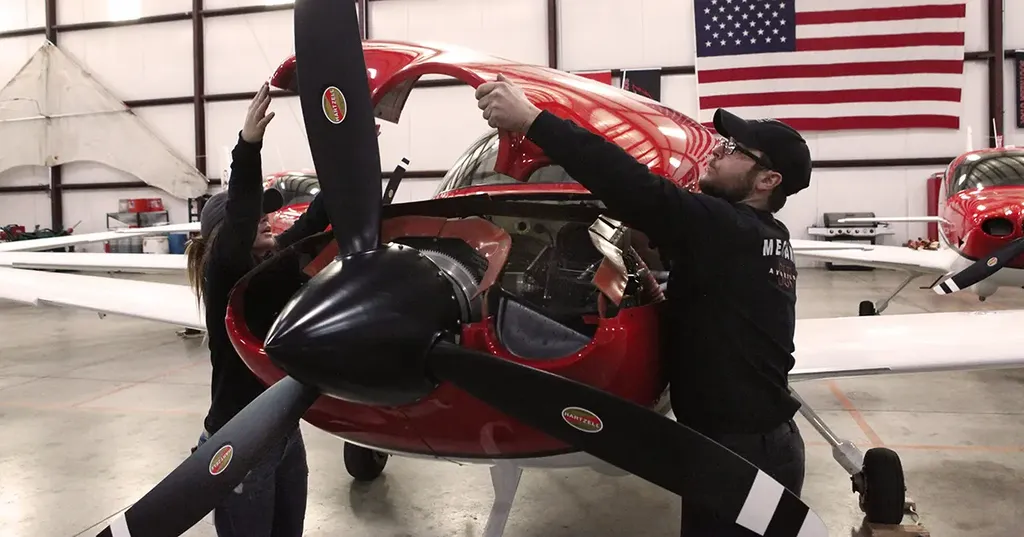Researchers Liangkai Liu, Weisong Shi, and Kang G. Shin from the University of Southern California have developed a novel power-management system called pNav, designed to significantly improve the energy efficiency of Autonomous Mobile Robots (AMRs). This research, published in the journal IEEE Transactions on Mobile Computing, addresses the growing need for more power-efficient robots in various industries, including energy.
The team identified three main challenges in achieving cyber-physical system (CPS) power-efficiency for AMRs: variabilities in system power consumption, environment-aware navigation, and coordination between cyber and physical subsystems. To tackle these issues, pNav takes a multi-faceted approach. It integrates millisecond-level power consumption prediction for both cyber and physical subsystems, allowing for more accurate energy management. Additionally, pNav includes real-time modeling and monitoring of spatial and temporal navigation localities, helping AMRs navigate more efficiently based on their environment.
One of the key features of pNav is its ability to dynamically coordinate software and hardware configurations. This means that the system can adjust navigation, detection, motor, and dynamic voltage and frequency scaling (DVFS) settings in real-time to optimize power consumption. The researchers prototyped pNav using the Robot Operating System (ROS) Navigation Stack, 2D LiDAR, and a camera. Their evaluation, conducted with a real robot and Gazebo environments, demonstrated over 96% accuracy in predicting power consumption and a 38.1% reduction in power consumption without compromising navigation accuracy and safety.
For the energy industry, this research could have significant implications. AMRs are increasingly being used in energy sectors for tasks such as inspection, maintenance, and monitoring. Improving their power efficiency can lead to longer operational times, reduced downtime, and lower energy costs. Moreover, the dynamic coordination of software and hardware configurations can enhance the overall performance and reliability of AMRs in various energy applications. As the technology matures, it could become a valuable tool for energy companies looking to optimize their robotic systems.
This article is based on research available at arXiv.

